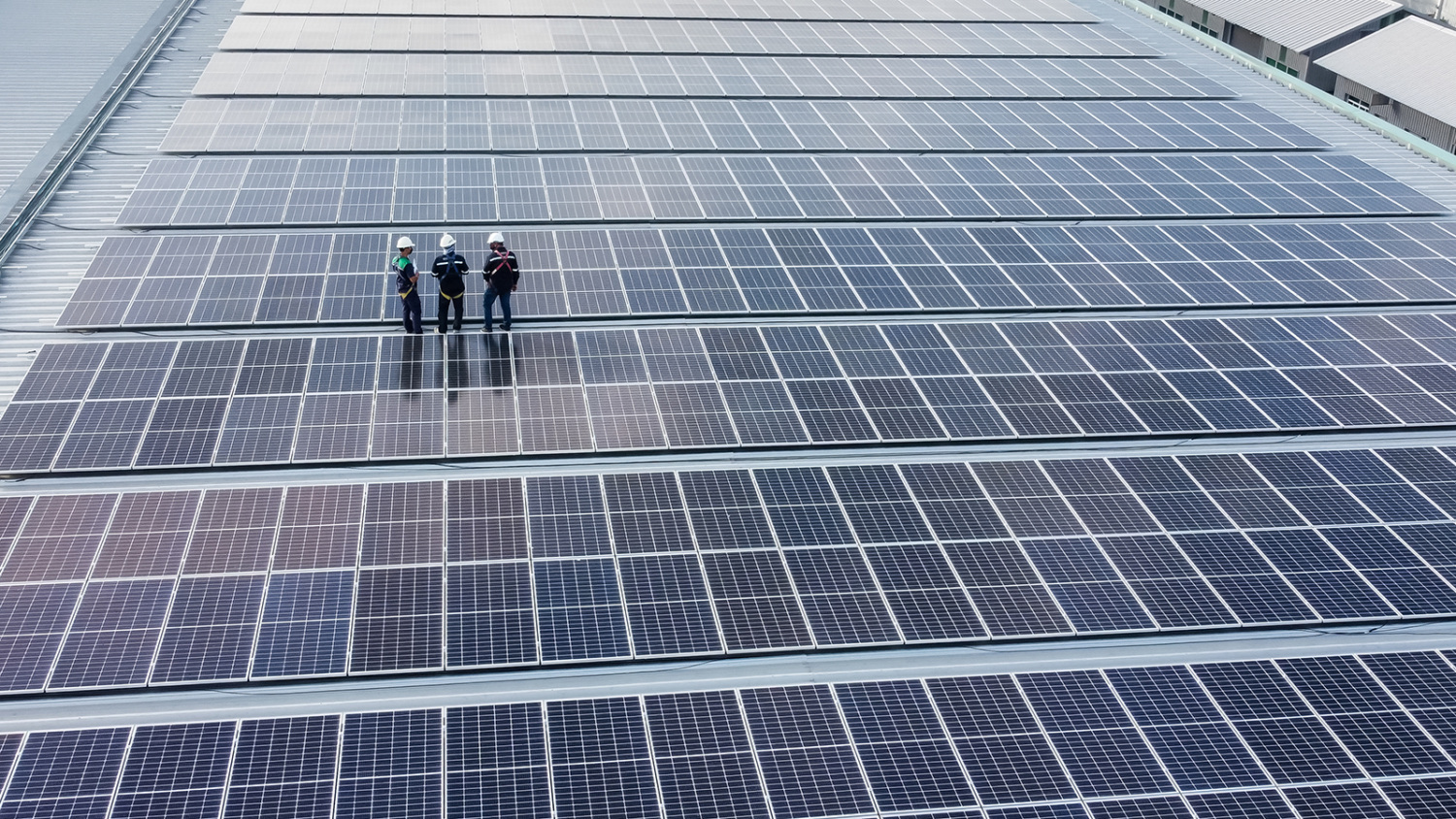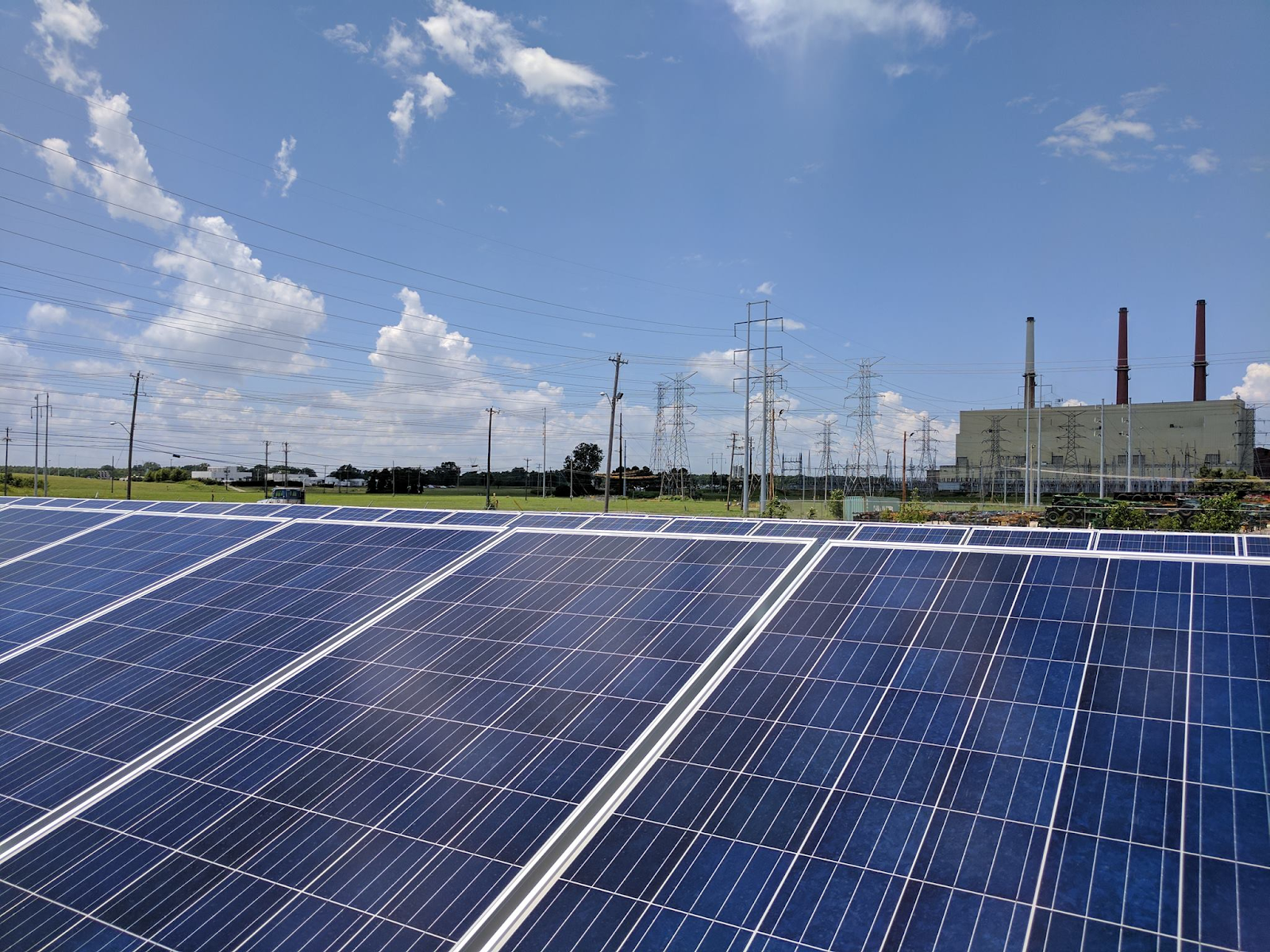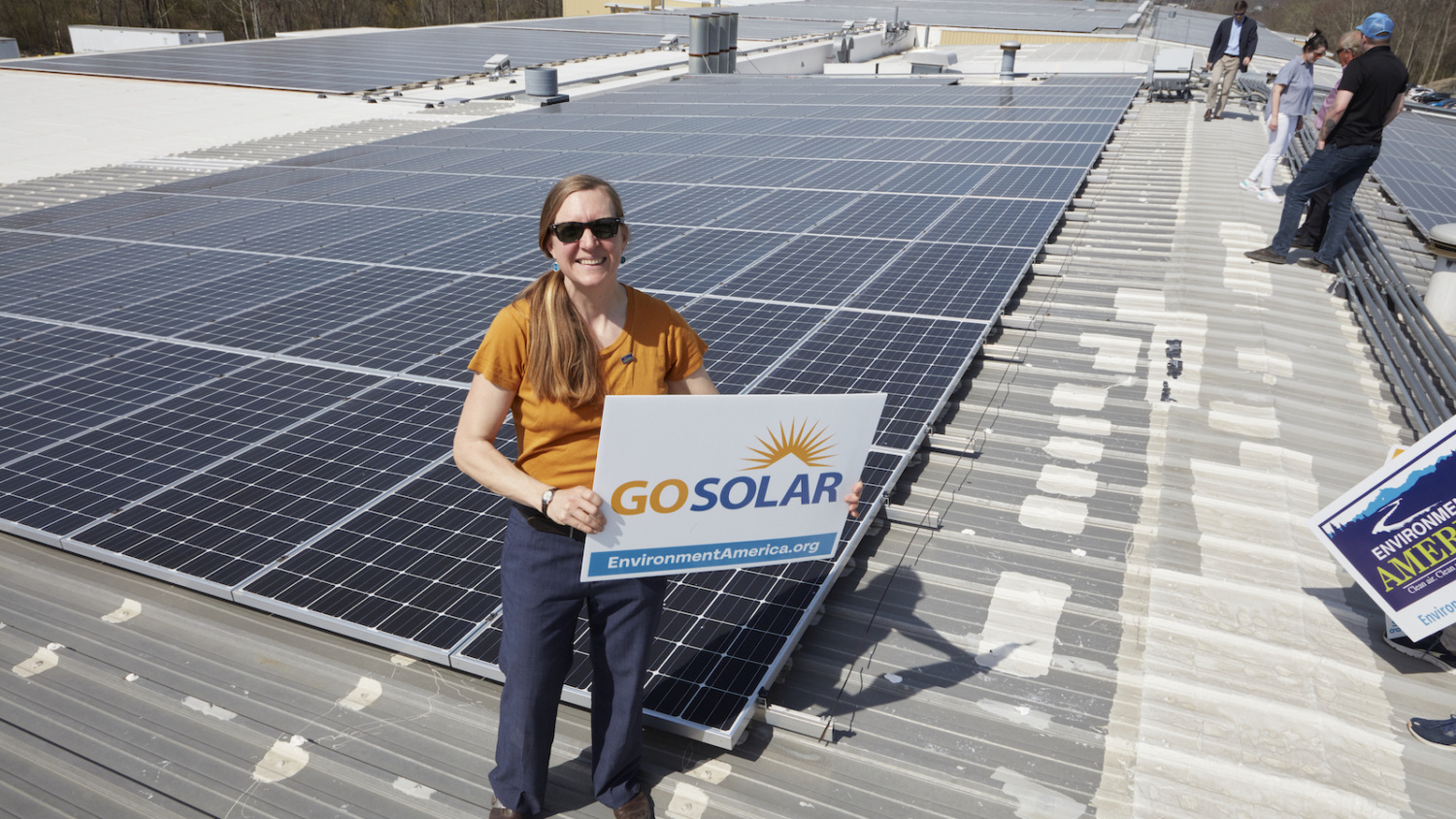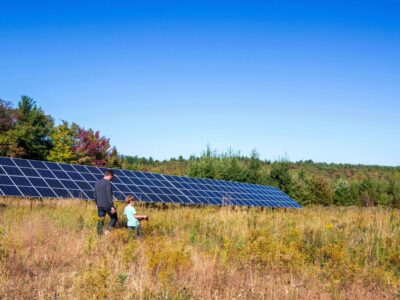Solar energy is becoming more prevalent in the state of Tennessee. As of 2022, solar energy has added 75 gigawatts of power to Tennessee’s electric grid, producing enough electricity to power more than 72,000 average homes.
An expanding network of photovoltaic facilities and residential solar panels have helped the Tennessee power grid get closer to accomplishing clean energy goals. According to a 2021 annual report, the Volunteer State’s main utility company, the Tennessee Valley Authority, expects to add 10,000 megawatts of solar energy by 2035.
The switch to solar in Tennessee is truly a combination of large company initiatives and consumer decisions. Many individuals and families are installing it on rooftops, which increases renewable electricity while also helping to make communities more resilient to disruptions to the power grid.
Companies are also choosing to install solar panels. Tennessee has more than 9,000 medium and large warehouses with 175 million square feet of rooftop space suitable for panel installations. Putting solar on all of Tennessee’s warehouse roofs could produce enough electricity to power 225,000 homes, nearly tripling the state’s 2022 capacity.

Photo Courtesy Environment America
Grid resilience is critical in a state where the climate can range from extreme heat in the summer months to below-zero frigid snowstorms in the winter. Severe thunderstorms and tornadoes often hit Tennessee, causing power outages.
Additionally, the more clean energy sources that generate power from different locations throughout the state, the less it needs to rely on big centralized power plants. Tennessee is also seeing an uptick in solar photovoltaic facilities, which contribute the second-largest share of renewable energy generation in the state, providing about 7% of the state’s renewable energy.
Tennessee is clearly making the switch to renewable energy.
According to the U.S. Department of Energy (DOE), more than 83% of the electric power generation workforce is now in solar, wind, or hydroelectric, with more than 50,000 workers employed in energy efficiency.
The bipartisan federal Inflation Reduction Act continues to expand these opportunities with up to $900 million in large-scale clean power generation investment ongoing between now and the end of the decade.

Photo Courtesy Tennessee Valley Authority
According to DOE, More than 580 megawatts of additional planned solar energy capacity are in the works in the state, which will more than double the amount of renewables available on its grid and power the equivalent of more than 83,000 additional homes.
From the Mississippi River to the Smoky Mountains, Tennesseans are seeing the positive impact of clean solar energy. Harnessing the sun’s rays with panels doesn’t emit any
health-harming pollution. Researchers have linked air pollution to health problems, including respiratory illness, heart attack, stroke, cancer, and mental health problems. By reducing fossil fuel emissions and using pollution-free energy such as solar and wind, state residents can expect fewer overall health problems in the long term.

Photo Courtesy U.S. Energy Information Administration





